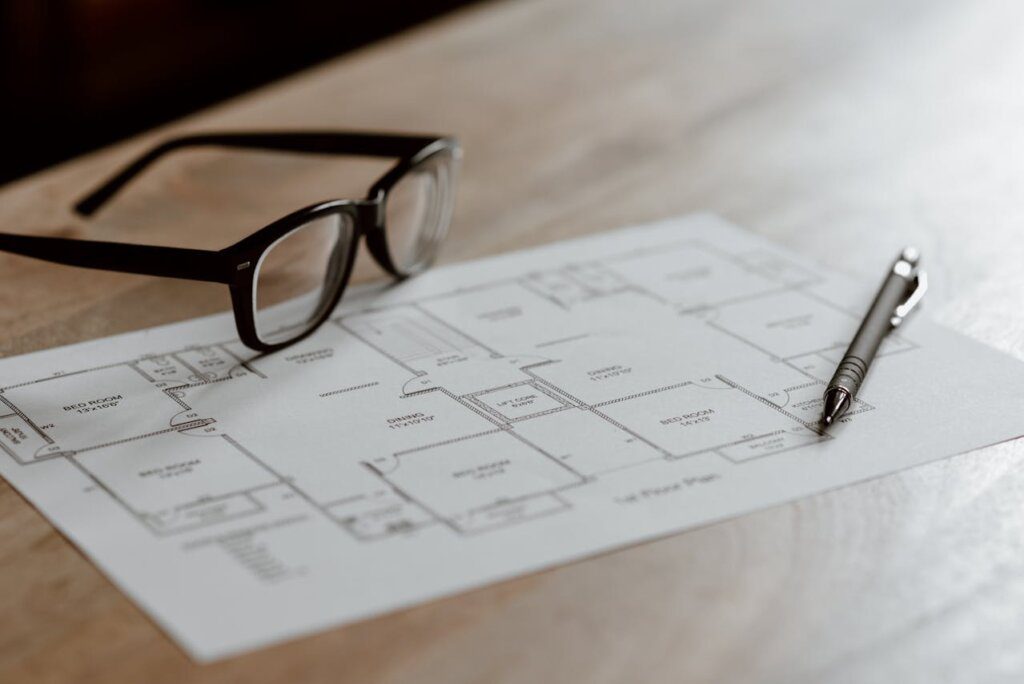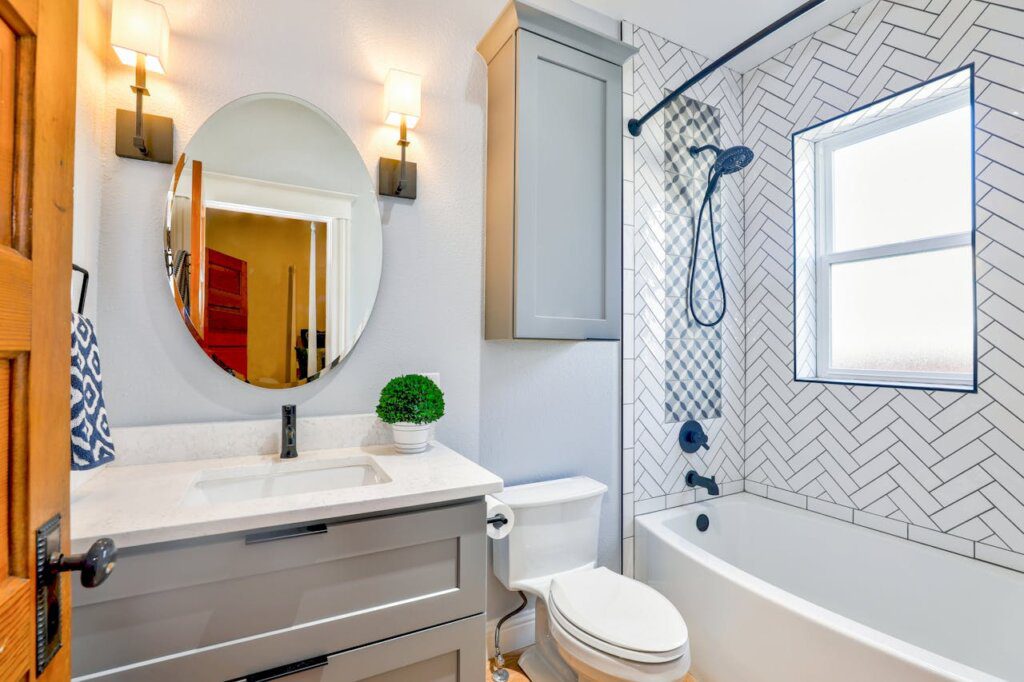Organizing Your Home Post-Move: A Room-by-Room Guide

Organizing your home post-move can be overwhelming, but breaking it down room-by-room makes it more manageable. This guide will help you efficiently organize each room in your new home, ensuring a smooth transition and a comfortable living space. Whether you’ve just moved across town or from another country, these tips will help you settle in quickly.
Are You Moving into a Smaller Apartment?
If you move into a smaller apartment, efficient organization becomes even more critical. Here are some storage solutions for smaller spaces:
- Use vertical storage solutions: Utilize wall-mounted shelves and tall bookcases to maximize space.
- Invest in multi-functional furniture: Items like ottomans with storage or sofa beds can provide additional storage without taking up extra space.
- Prioritize decluttering: Before moving, consider donating or selling items that won’t fit your new space. This will ensure that you only bring essential and cherished items into your new home, making the transition smoother and more manageable.
Are You Moving into a Larger Apartment?
Moving into a larger apartment provides more space but requires careful planning. Here are some tips for making the most of your larger space:
- Create a layout plan: Decide where furniture and decor will go to help you visualize the space and identify any additional furniture or storage solutions you might need.
- Segment the space: Use the extra space to create distinct areas for different activities, such as a reading nook or a home office.
- Avoid clutter: Even though you have more space, avoid filling it with unnecessary items. Prioritize functionality and keep the space organized to maintain a comfortable living environment.

Why is Planning and Making the Layout So Important?
With the right layout and careful planning, you can make the most of your home and stage it for a successful sale years in advance. If you decide to sell it someday in the future, the functional layout you made today will make it much easier for you. Planning will also help you with organization and relieve your stress. Movers will help you arrange your furniture, and you will save hours of furniture rearranging. Use digital tools to make a precise layout.
Start with the Essentials
When it comes to unpacking and settling, begin with the essentials. That includes toiletries, basic kitchen supplies, and clothing for the first few days. These readily available necessities will make your initial days more comfortable and less stressful. Before diving into the boxes, create an unpacking plan. Decide which rooms to tackle first based on your daily routines and needs. Prioritize the kitchen, bedrooms, and bathrooms, as these are the most frequently used spaces.
Set Up Work Zones
When organizing your home post-move, create specific work zones for different tasks. This is most important for the kitchen and bathroom. You want to be able to use them first while you take care of the rest. For example, designate areas for cooking, cleanup, and, of course, using the bathroom. This zoning makes your move more efficient and functional, allowing you to work smoothly and maintain order.

Kitchen: The Heart of the Home
Start by organizing your kitchen cabinets and drawers—place items based on their usage. For example, keep everyday dishes and utensils within easy reach while storing less frequently used items in higher cabinets. Utilize drawer organizers to keep utensils, cutlery, and gadgets in order. Next, focus on the pantry and food storage areas. Arrange food items by category and use clear, labeled containers to keep everything visible and accessible. This method keeps your pantry organized and helps you quickly identify what you need during grocery shopping.
Living Room: Arrange Furniture Strategically
When moving into a new home, arranging your living room can be made effortless by hiring furniture moving experts to help. These professionals excel at seamlessly positioning larger items like sofas and entertainment centers, handling all the logistics and heavy lifting involved. That allows you to concentrate on strategically organizing the furniture to enhance the space’s functionality and comfort.
However, ensure that the layout promotes easy movement and fosters conversation while also considering the seating placement to optimize the use of natural light. Also, adding personal touches such as family photos, artwork, and decorative items will help turn the space into a warm, inviting home.
Bedrooms: A Sanctuary for Rest
Start organizing your bedroom by setting up the closet. Use hangers, bins, and shelves to maximize space. Sort your clothing by type and season, making it easier to find what you need. Label bins and boxes for additional organization. Make your bed the focal point of the room. Choose comfortable and attractive bedding to create a cozy atmosphere. Store extra linens in a designated area to keep them organized and easily accessible. Arrange personal items such as books, jewelry, and accessories in a functional and aesthetically pleasing way. Use nightstands, dressers, and shelves to keep these items organized and within reach.
Bathrooms: Functional and Tidy
Begin with the cabinets and drawers. Use organizers to separate items like toiletries, medications, and cleaning supplies. Keep frequently used items in easy-to-reach places and store bulk items or extras in higher cabinets. Organize the shower and bath area using caddies, shelves, or baskets to store shampoos, soaps, and other essentials. That keeps the area tidy and ensures everything you need is within arm’s reach. If your bathroom includes a linen closet, organize it using bins and baskets to store towels, washcloths, and other linens. Use space-saving strategies such as rolling towels to save space and keep the closet looking neat.

Home Office: Productivity Boosters
Start with your desk. Use drawer organizers to keep office supplies sorted and easily accessible. Place essential items like pens, notepads, and chargers within reach. Organize important documents and files using a filing cabinet or portable file box. Label each file clearly to make retrieval easy and keep your workspace clutter-free. Set up your computer, printer, and other electronic devices. Manage cables with safely transported belongings and place them where you want them.
Conclusion: Organizing Your Home Post-Move
Organizing your home post-move is crucial for a smooth transition and a comfortable living environment. Following this room-by-room guide, you can efficiently unpack and arrange your new home, making it a welcoming and functional space. Remember, planning and organizing now will pay off in the long run, creating a more enjoyable and stress-free living experience.

Pingback:A Guide to Simplifying Your Home Sale Process by Decluttering - FINDLAY REAL ESTATE